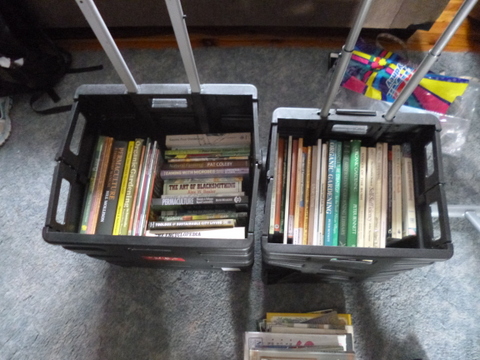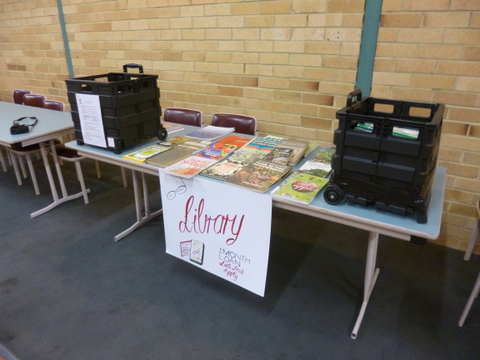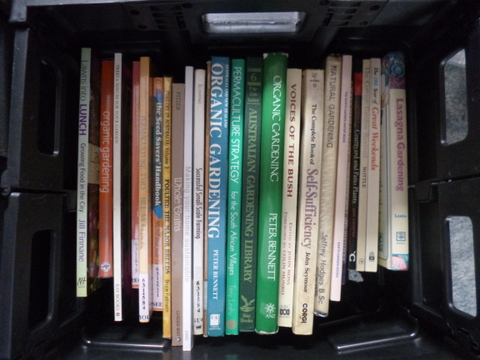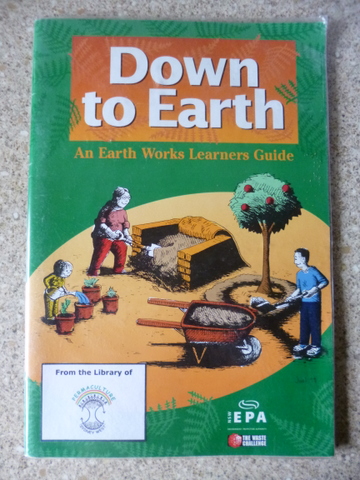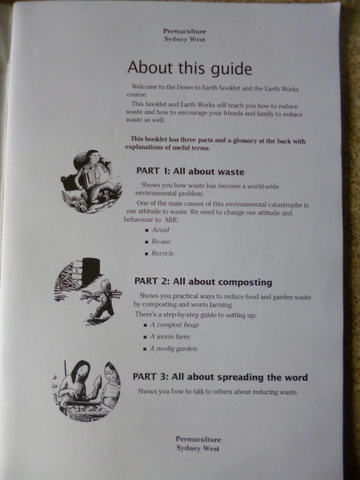Classifying & Cataloguing Books
If it is intended that your small library contain a wide variety of subject matter, it may be worth classifying them and grouping each class together on the shelves. There are a number of existing classification systems, the best known one being the Dewey Decimal System but you could also classify using the books’ International Standard Book Number (ISBN) or the or the US based Library of Congress Number. I have even seen suggested using the number Amazon uses to classify the books for sale on their site.
I suppose the big hint is that there is no need to reinvent the wheel and that there are a number of systems already in existence if you want to go that way. For our small library, the subjects we have books on are only a small slice out of the universe of possible subjects so early on I decided there was not much point in applying classification system to our books.
On the other hand, it is a good thing to know what books you have in your library so presumably it would be worth cataloguing them in some form or fashion and there are a number of simple processes available –
A Paper or Electronic Spreadsheet – this is probably the simplest option and since I am a simple man, this is option I went for. Since most people have access to a computer with Excel on it, it is a simple matter to put the salient required information across the top of the columns then enter the information on each book in a line down the page. It would possible and almost as easy to draw up a paper spreadsheet then enter the information into it manually, but altering it to take into account changes in the system could be difficult and another advantage of an electronic over a paper system is that an electronic spreadsheet is searchable on all fields. An example of ours is available here.
A Card Index – when I was a kid (and yes they did have libraries then) this was how libraries were catalogued. Wooden drawers stack one on the other with each book recorded on at least one card. To facilitate searches there would have been at least two card indexes, one with the cards indexed by author, the other with the cards indexed by subject or by title and there may have been others as well. This process is still used in countries which have reduced access to technology and if you have a growing library you may wish to use this technique as well.
You can either buy the cards and 100mm x 150mm index cards are a readily available along with alphabet index cards and boxes to make a cheap card index system, or make your own recycled cardboard file cards and index cards plus an old shoe box to keep them in would work just as well. Once you have your cards and work out how you will index them (by author, subject or something else) on each card write in the title of the book, author, copy number (if you have multiple copies) and any other information you consider important such as publisher, year published, price, ISBN no etc. If you were really keen you could include a short summary on each book. Once that major job of work is done file the cards in alphabetical order by title or author or whatever and you’re ready to go.
A Database – there are open source library database programs available on the ‘net but as I have no experience with them I can’t say too much so in this case be aware they are out there, and do your own research!. If anyone in your group is computer savvy they may be able to write you a searchable database using Access, again it is not an area I have experience in, but those who do assure me that a simple database is easy to construct for those who know how.
Storing and Transporting Books
The needs for storing books are pretty basic, keep them secure so they can’t be stolen and keep them away from pests and damp so they remain in good condition. It also helps if the books are stored so that they can be retrieved easily also. If you have a dedicated library this is all easy of course, a couple of bookshelves and away you go, but seeing as we meet in a room rented off a local council once a month, leaving the books there is not an option currently. So someone (ie the librarian AKA me) has to transport the books to and from each meeting and possibly to and from blitzes and other activities if required.
We have a small car, but we have also developed a system which allows us to transport the books comparatively easily and which maintains the books in good condition. We pack them into “pack and roll” trolley carts which are a folding box on wheels with and extendable handle. The idea is to pack most of the books into these rolling boxes with the spines uppermost so that they can be browsed by borrowers without the librarian needing to remove them from the cart. Any excess books then get put on top and then removed and placed on the table for borrowers to look at. You can just then lift the carts directly into the car for transport and then out again at the other end, they can then be wheeled inside the venue and placed on top of the library table. Easy!
In that way all the books can be transported in a couple of carts without having to fool around loading and unloading books then setting them up so they are accessible for borrowers.
One suggestion has been to negotiate with the venue to leave the books there, set up in two bookshelves that are hinged together, mounted on wheels and can be locked shut to secure the books against theft. This depends on who is running the venue and whether there is a place to wheel the bookshelf off into a corner somewhere so it will not get in the way when the area is in use by another client. This would mean the books have a semipermanent home, are kept in good condition and will not have to be transported to and from the meetings. It would make things difficult if the books were needed at another venue (eg blitz) but so far it is only an idea.
Our group has a website and another suggestion has been to bring a selection of books only to each meeting but have the full list on the website so our members can peruse the list then email the librarian to ensure their book(s) of interest are brought to the meeting. I don’t like that idea myself, even though it makes my job easier. I prefer to have the full collection available at all meetings so that people can browse the books and pick something that looks interesting. But that is just me!
The borrowing process
The borrowing process is pretty straightforward and simple. The borrower selects up to three books and then fills in the borrowers sheet with - the name of the book; their name; their phone no and email; date borrowed and date due. I generally fill it out for them to ensure that I can read it. It is important to have legible contact information because people forget they have a book and I need to know where to send the threat of hired goons to ensure it is returned (just joking!)
When the book is returned it is crossed off the list and away we go again.
Library Rules
You need to have a set of ground rules as to how the library operates which can be communicated to everyone so that borrowers and others understand how things work. The rules will generally address how the books may be borrowed, how they should be treated and what happens in the event of a breach of the rules. Once a set of rules is drafted they should be reviewed and agreed to by the committee, at least informally, and accepted and minuted as part of a meeting if the committee feels it is required.
Our library is quite a simple one to operate but I still wanted a few rules in place. The ones I developed were based on how the library was currently operating and some issues that had cropped up (such as a borrower passing on a book to a third party). I developed a one pager with 12 rules, made it look pretty, ran it across the committee and after it was ratified introduced the rules to the membership at one of the regular meetings. I also have a copy standing in a clear sleeve on the table which we use to display the library books. A copy of the list can be found here.
Identifying the books
To prevent people mixing up the books in their library at home with the books they have borrowed from your small, special purpose library it is a good idea to identify your library books in some way. This also can be simple or complex. If you have the time and energy, covering all of the books with plastic and placing a sticker of the cover of each book (under the plastic cover) with the name of the library, logo etc. is one way. With the amount of free time I have I elected to take another route. A small self-inking stamp with the name of your organisation on it is a low cost, low time consumption option. Just stamp the fly leaf, title page, a couple of pages through the book and the top edge of the book (so it is visible even if the book is in a bookshelf!) and this will identify all your library books.
The initial work to mark all the existing books may take some time; you could do as I did and stamp them as I entered them in the spreadsheet. Once the major work is done it is just a case of ensuring that any newly procured books (from whatever source) are stamped and entered in the spreadsheet (or whatever your process is) before they are put out for borrowing. If you use of second hand books then you will inevitably wind up with some ex-public library stock and if this is the case I just make sure to stamp over the top of the libraries identification stamp with our stamp. Ex-library stock usually has “WITHDRAWN” or some such similar stamp all over it anyway so it should be obvious that it is not part of current public library stock.
Part one covers starting out, and obtaining books for you library.



